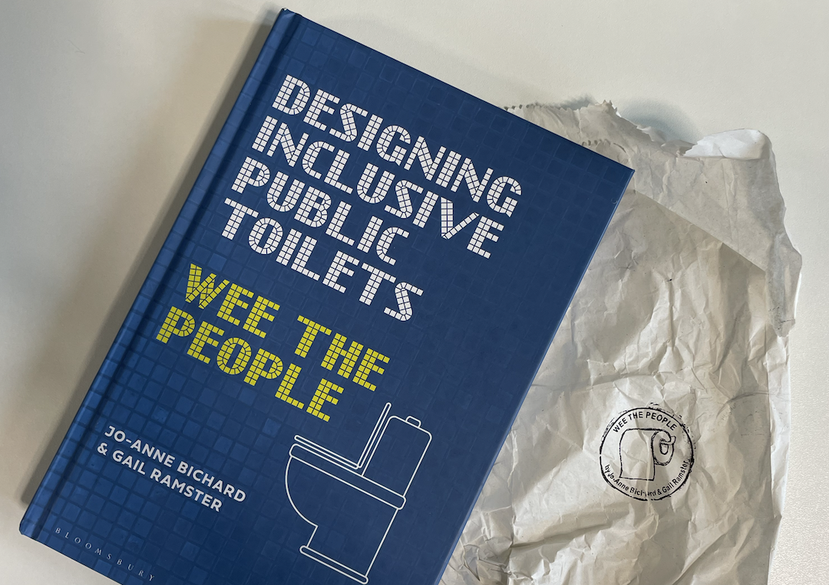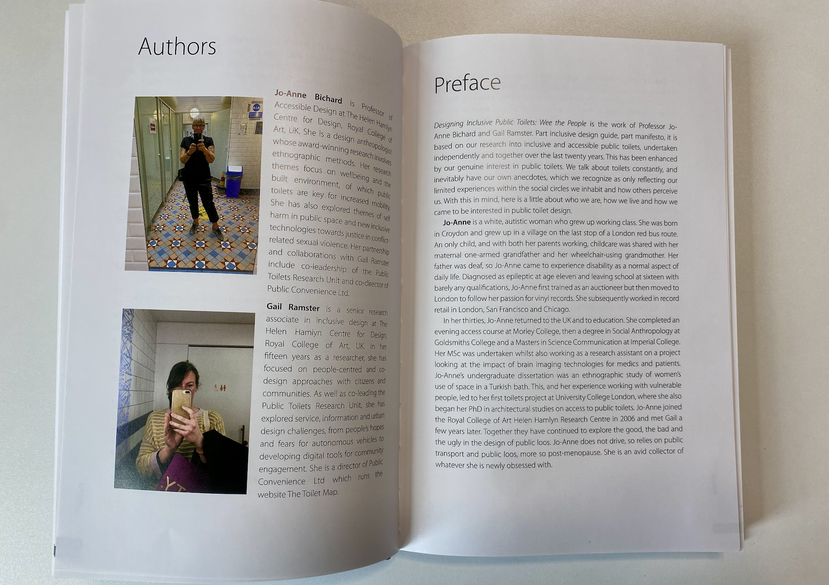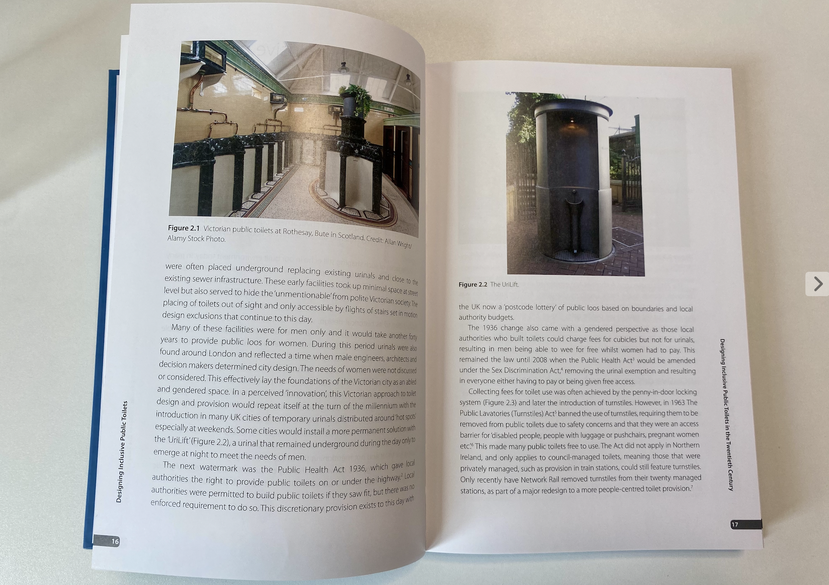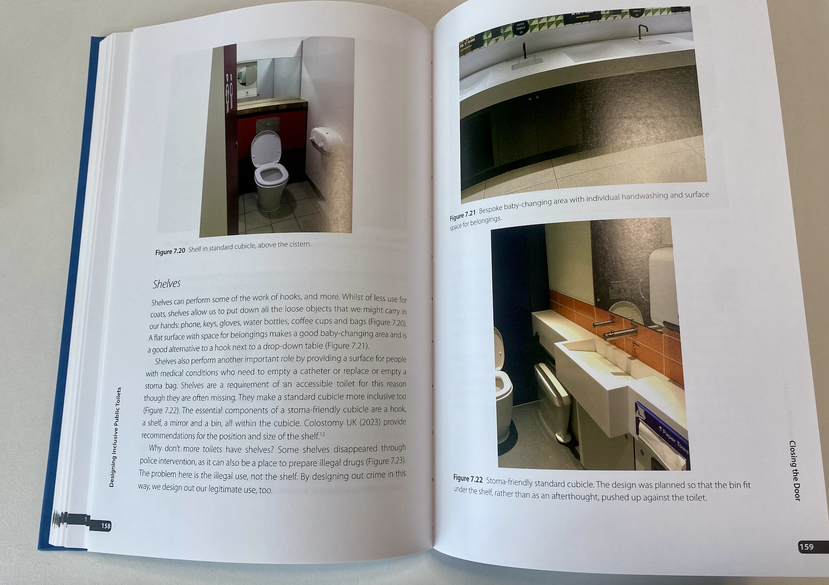Designing Inclusive Public Toilets: Wee the People – a new book from Professor Jo-Anne Bichard and Gail Ramster, of the Helen Hamlyn Centre for Design's Public Toilet Research Unit.
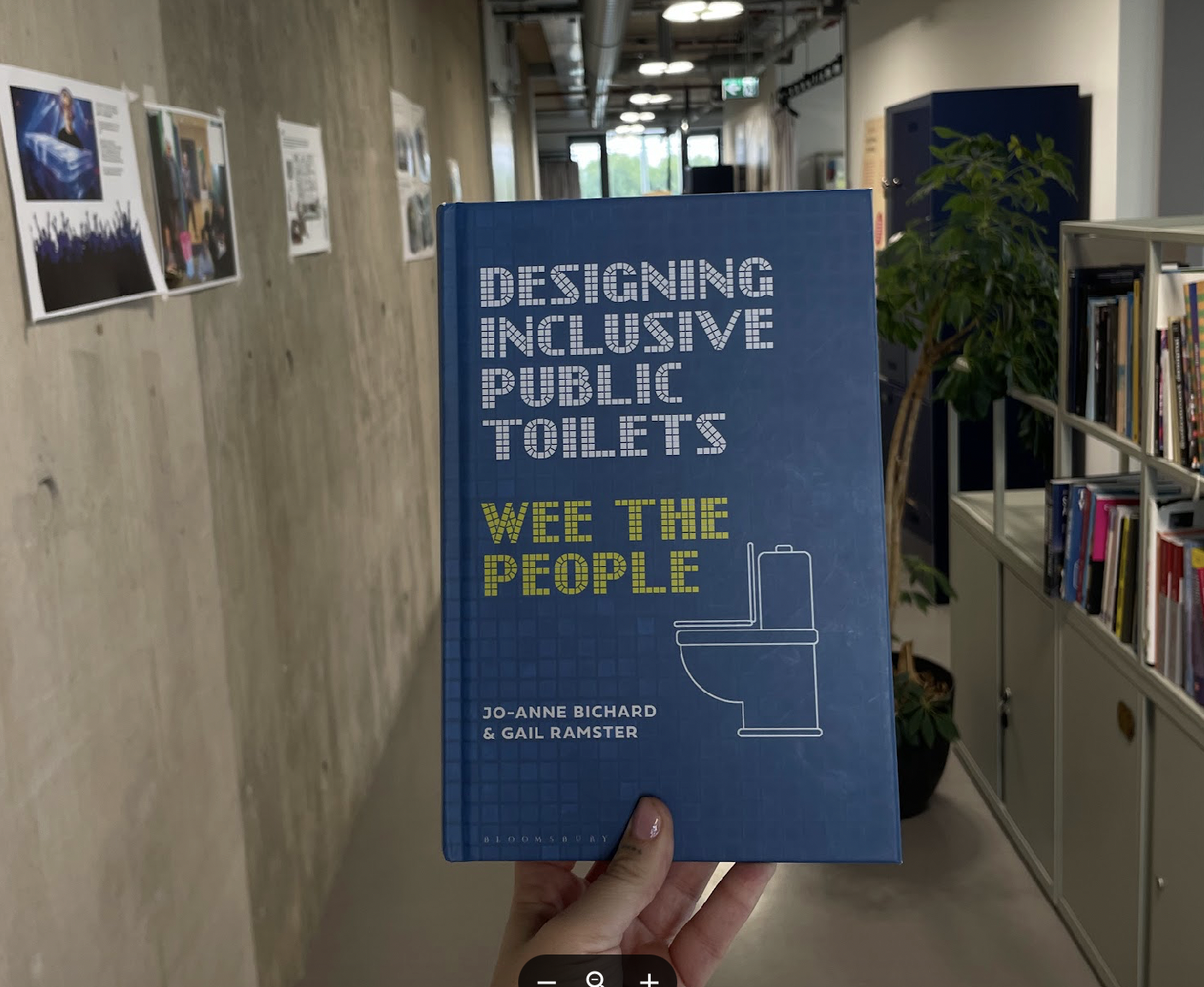
Public toilets might not seem particularly exciting. They often go unnoticed in our day to day lives, but they are crucial – and making sure they’re designed to be inclusive benefits us all. Professor Jo-Anne Bichard and Gail Ramster, who make up the Public Toilets Research Unit, have dedicated years to researching how to design inclusive public toilets and they have consolidated that research into a book, Designing Inclusive Public Toilets, published by Bloomsbury.
The book covers all aspects of inclusive toilet design, from the entrance to the toilet paper holder, flush handle to hot tap, and serves as a manifesto for the inclusive toilets of the future. Designing Inclusive Public Toilets: Wee The People aims to give professionals in the built environment insight into people's actual needs and desires when thinking about the public's toilet provision. It’s more than a technical book. It’s a manifesto for the bladder and bowel.
Read on for an extract from Designing Inclusive Public Toilets: Wee the People and buy your copy from Bloomsbury.
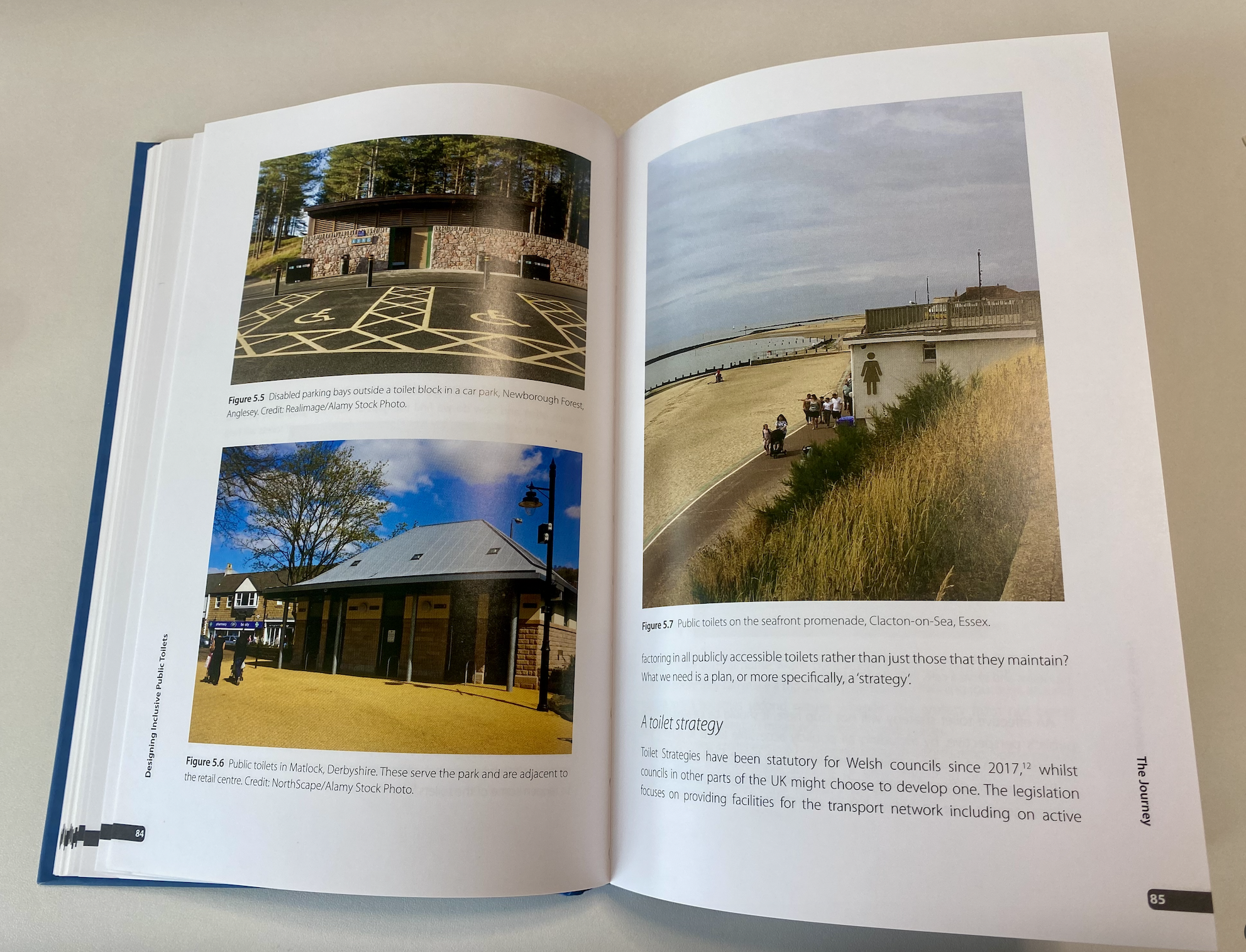
Everyone has a toilet story
Here is an example of a conversation we will have on a weekly basis:
Q: So, what do you do?
A: I’m a design researcher, I specialise in inclusive design.
Q: Oh, what’s that?
A: Well, it’s where we involve people in research to hopefully design things that are more accessible for everyone.
Q: Like what?
A: Well … my specialist subject is public toilets.
Q: [Nervous laughter] [Pause] I remember a toilet I once used …
Once we get past the awkwardness of the subject, we find everyone has a toilet story. And of course, should we win awards for our work, we are always ‘flushed with pride’.
It’s just a public toilet, right?
Well, yes and no.
Public toilets might seem uninteresting but are indispensable. They are a civilizing element of our built environment, but they are also taboo. We are biological beings who excrete but cultured beings who have collectively decided that only in this specific environment will we wee and poo (and vomit and manage menstruation and take a moment to withdraw from public life and get changed and …).
Public toilets are one of the most mundane aspects of our cities, towns and countryside – it’s ‘just’ a public toilet. Yet public toilets are essential for our movement around and between these places. If it’s ‘just’ a public toilet, what’s the big deal?
The public toilet is a place where nature meets culture. With this meeting of body with a design artefact comes a number of cultural considerations. Toilets come with politics, rights of access, social rules and etiquette, hygiene concerns and a bad reputation. These issues push design beyond merely meeting the functional needs of the body. It is more than just a public toilet, it is ‘a highly contested site. It shelters a very intimate activity that takes place in public space in proximity to complete strangers’ (J. Bichard and J. Hanson, ‘Inclusive design of “away from home” toilets’, in Designing Sustainable Cities)..
Get toilets right, get anything right
An inclusive design approach will serve us beyond the design of the toilet. Public toilets are the petri dish of accessibility where every challenge of the built environment comes together in one facility. If designers get this right, they can get anything right, which is just as well as the toilet is no use on its own. An inclusive toilet on the high street serves no one if the shops themselves are not accessible. No one is coming to the neighbourhood just to use the loo; it is the infrastructure, not the destination.
But the lessons learnt from designing inclusive toilets can be extended to our wider built environment and the products and services that support it. Maybe we could take a leaf out of New Zealand’s and Japan’s approaches and design amazing public toilets that will make people come to the neighbourhood just to visit the toilets!
Heralding public toilets as the ultimate design challenge could be their saviour, just as their downfall up to now has been from being disparaged, even vilified, and consequently overlooked. We cannot stress enough the importance of talking about toilets. The toilet taboo that affects us in day-to-day conversations continues in professional and policy-making circles. During our research we consistently find that guidance for the high street, urban design, active travel and public health does not mention toilets.
